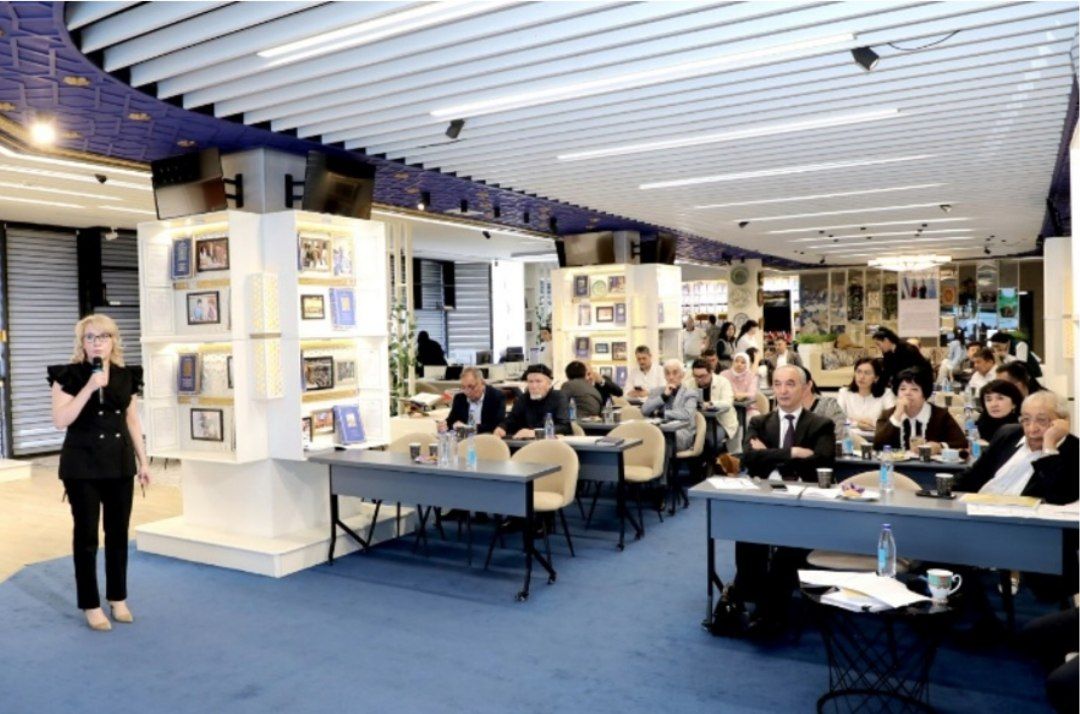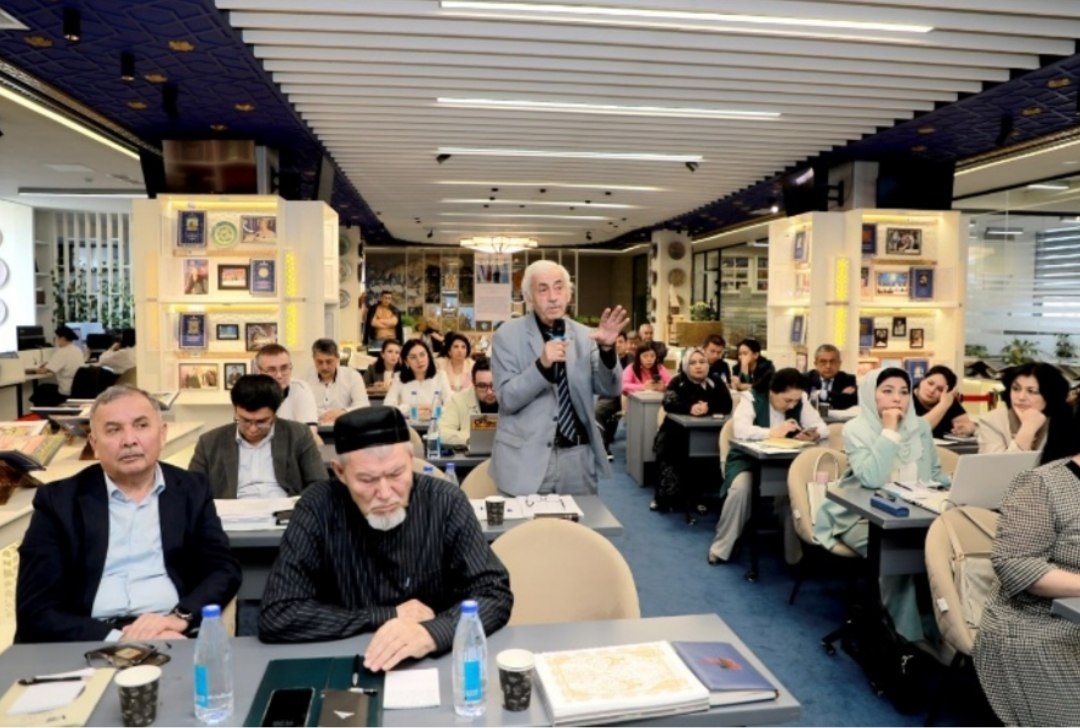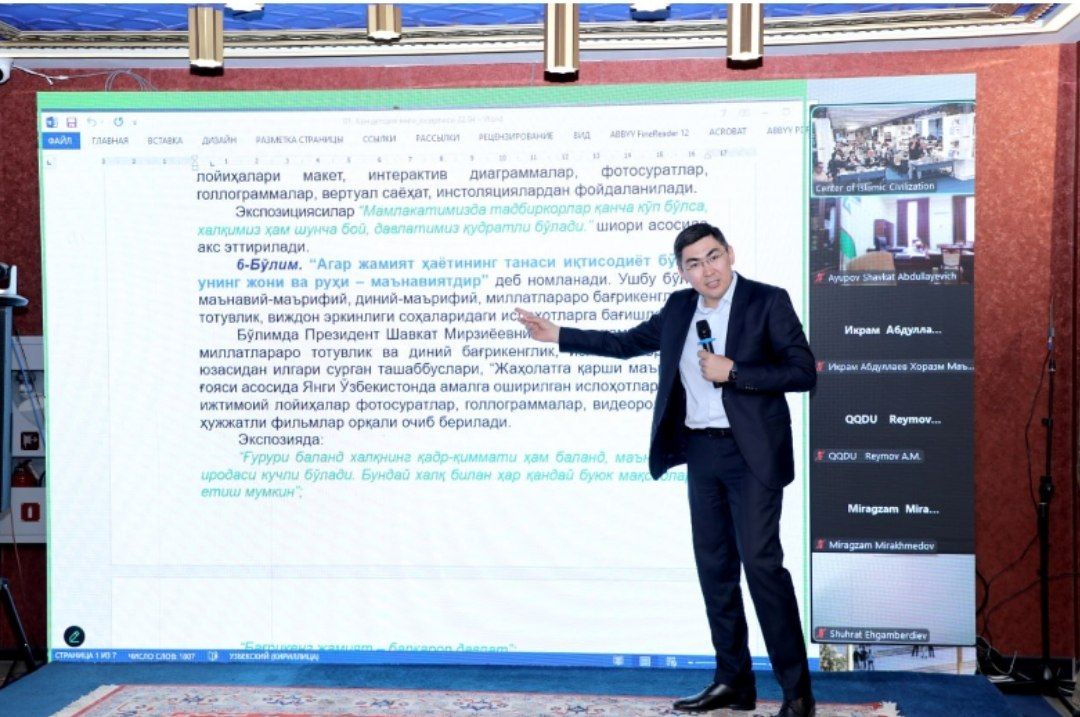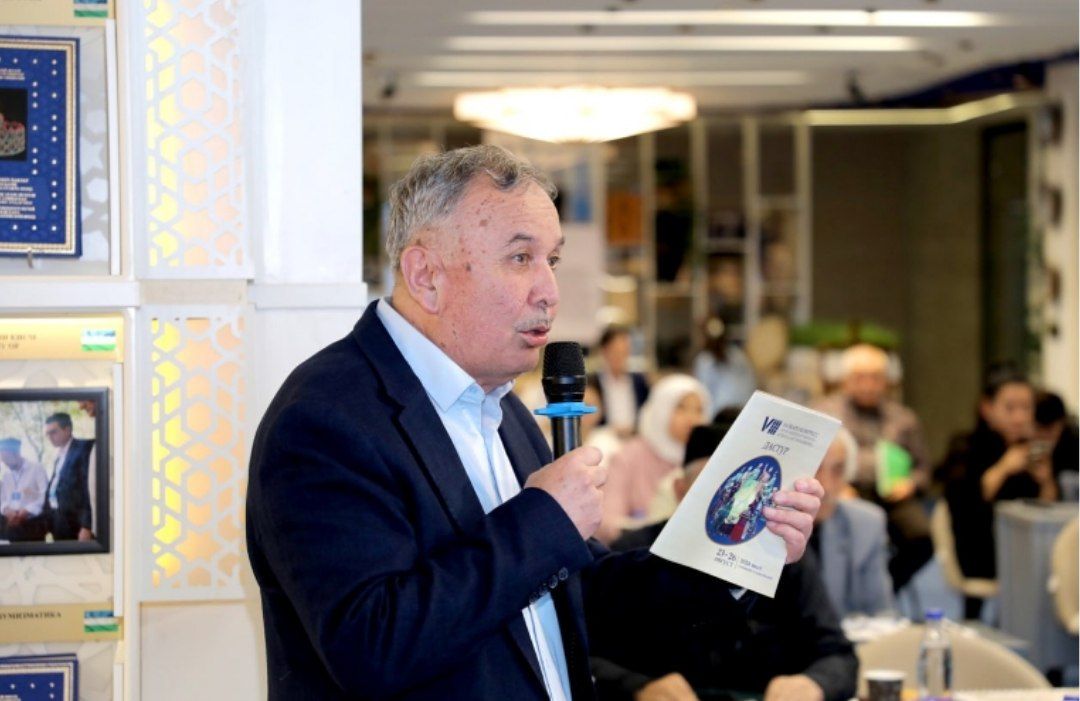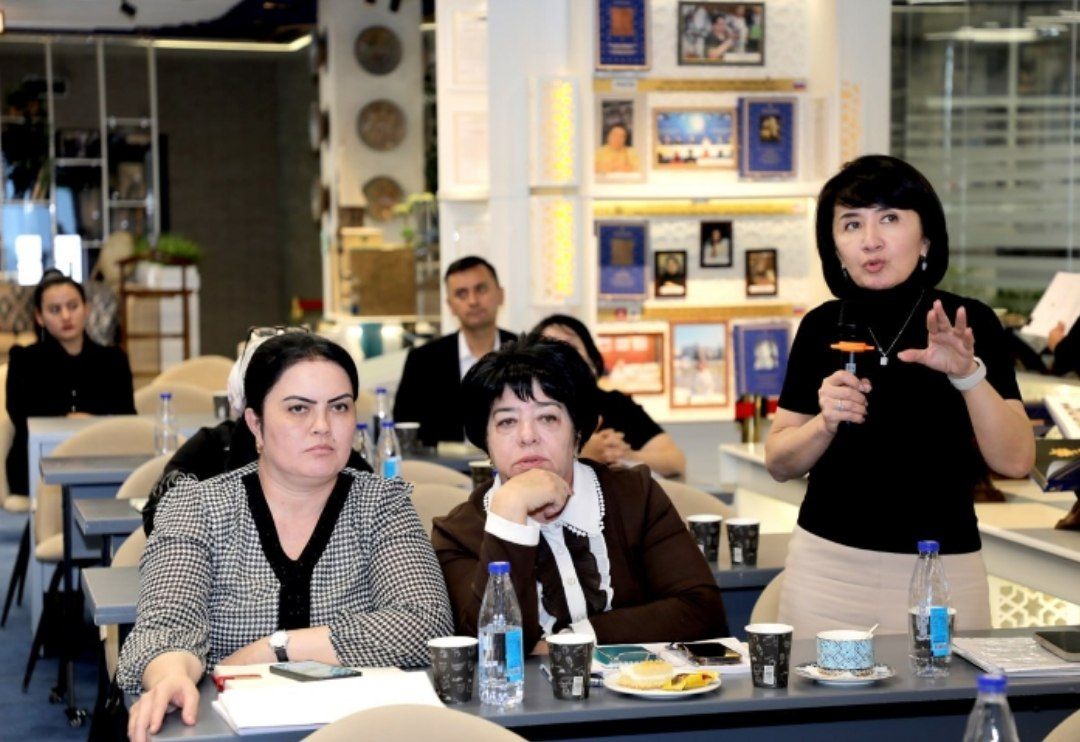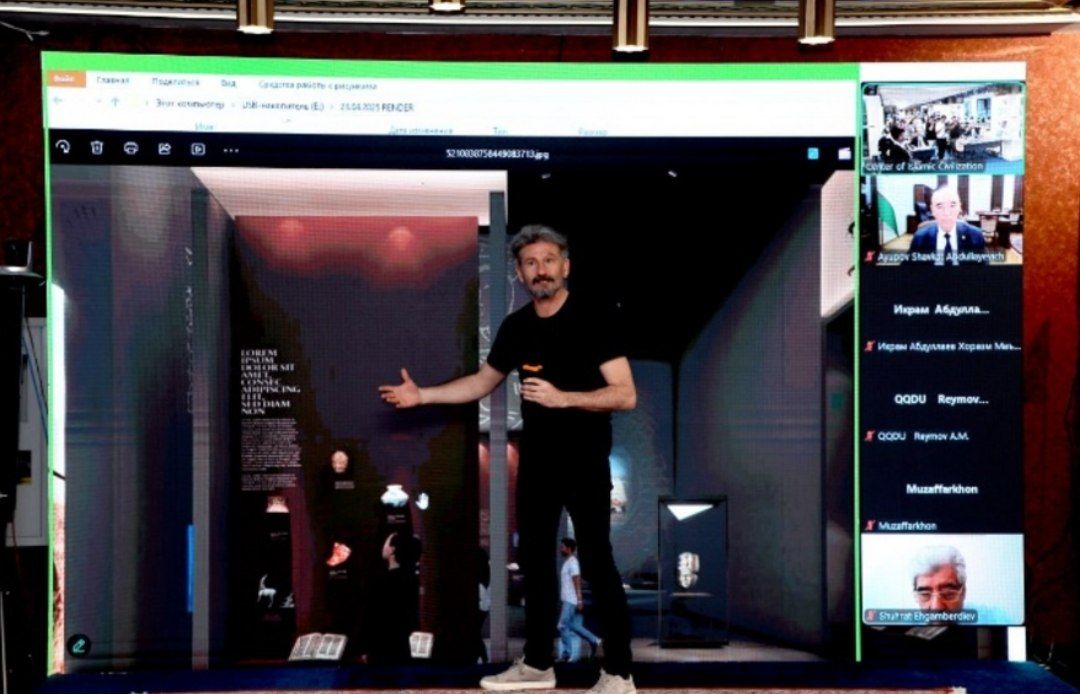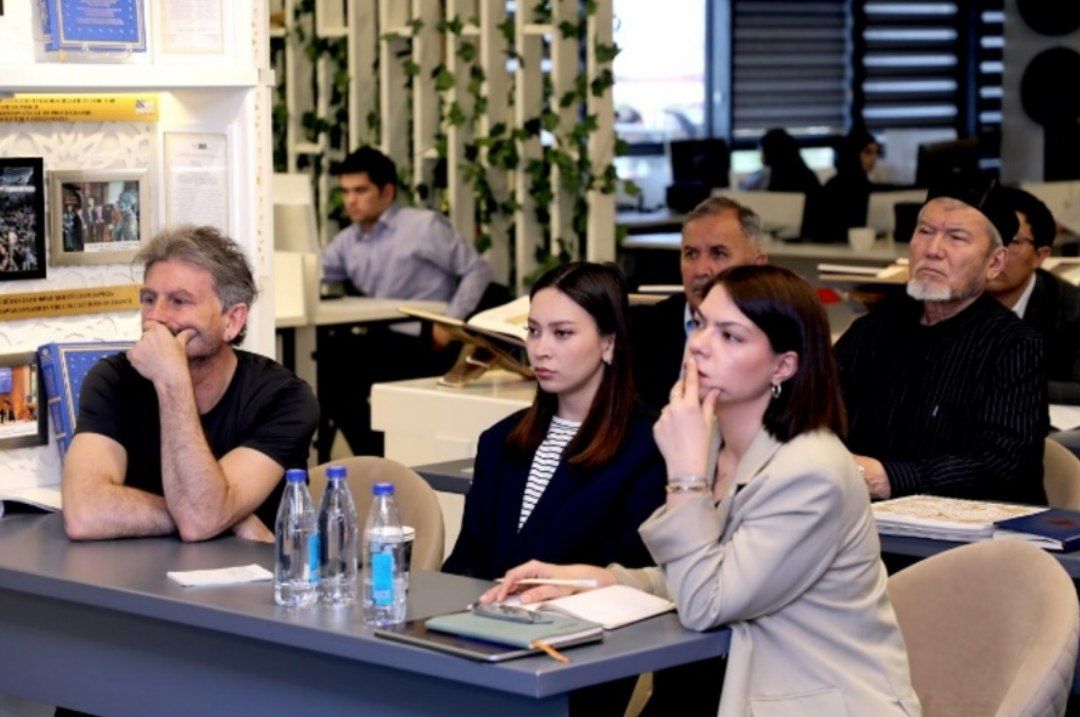For the megaproject in Uzbekistan, over 2,000 scholars are preparing significant gifts to the whole world.
In January of this year, President Shavkat Mirziyoyev visited the Center of Islamic Civilization in Uzbekistan, where construction work had reached its final stage, and reviewed the process. Following the President's visit, in March, an expanded meeting of the Board of Trustees of the Center was held to ensure the implementation of the directives received. The meeting, chaired by Prime Minister Abdulla Aripov, was attended by a broad group and discussed issues related to enriching the Center's exhibition, implementing scientific and innovative projects, and improving its activities as a socio-educational and scientific-practical institution.
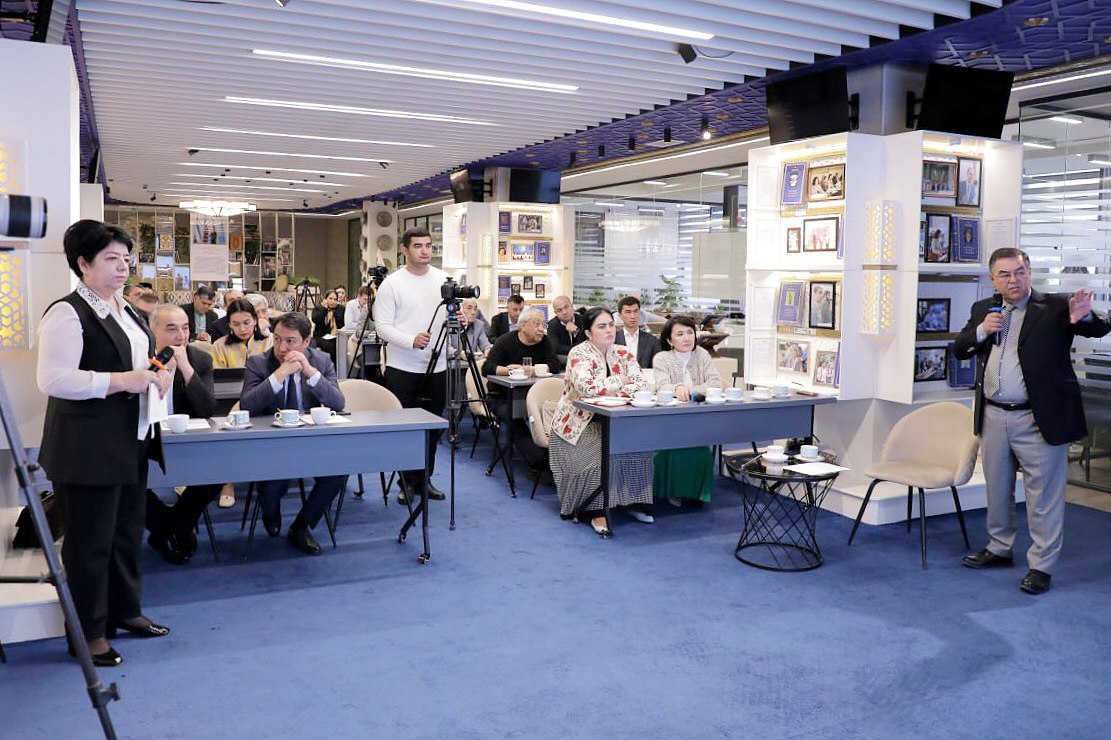
In line with the tasks set at this meeting, the opening of the Center is expected in September, with a Special Headquarters operating within it. Working groups are discussing various directions of work in ten areas. The next expanded meeting of the Scientific Council of the Center of Islamic Civilization in Uzbekistan also took place in an atmosphere of active debates. It was attended by Council members, leaders of working groups, including Doctor of Historical Sciences, Professor Jannat Ismoilova, Vice President of the Academy of Sciences of Uzbekistan, Director of the Abu Rayhon Beruni Institute of Oriental Studies, Professor Bakhram Abduhalimov, Academician Akbar Khakimov, as well as the leadership and staff of the Center.
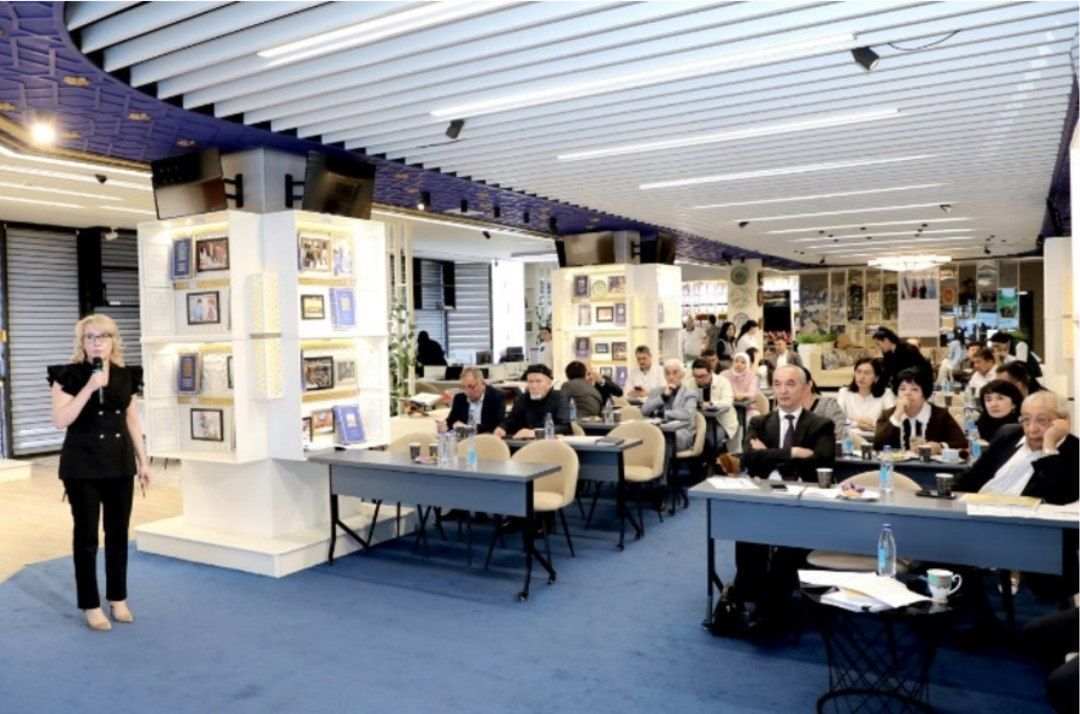
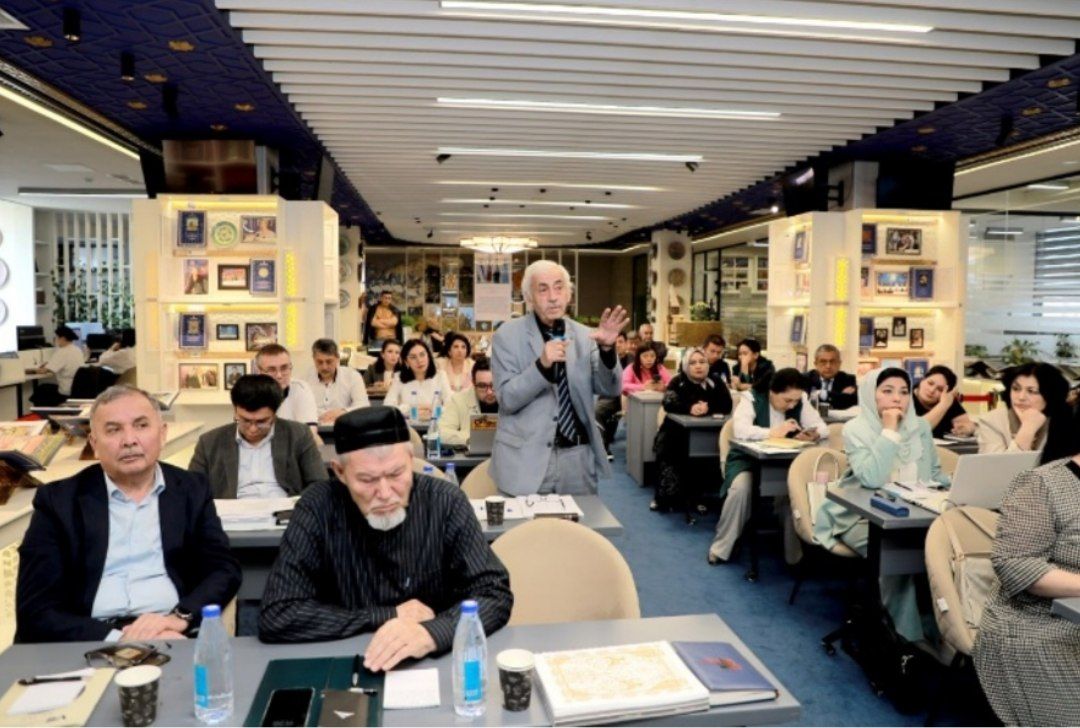
During the meeting of the Council, several important issues and projects were discussed, including the directions for the Center's exhibition, the concept of colored images for the lobby of the Conference Hall in the building of the Center of Islamic Civilization, as well as the enrichment of the Center's museum collections and library.
It was specifically reported that the number of sections in the exhibition "New Uzbekistan — the Foundation of the Third Renaissance," which is set to become the Center's hallmark, will be increased from 7 to 9. The new sections will reflect Uzbekistan's activities and initiatives in international politics, as well as the achievements of the youth, the opportunities created for them, and the results.
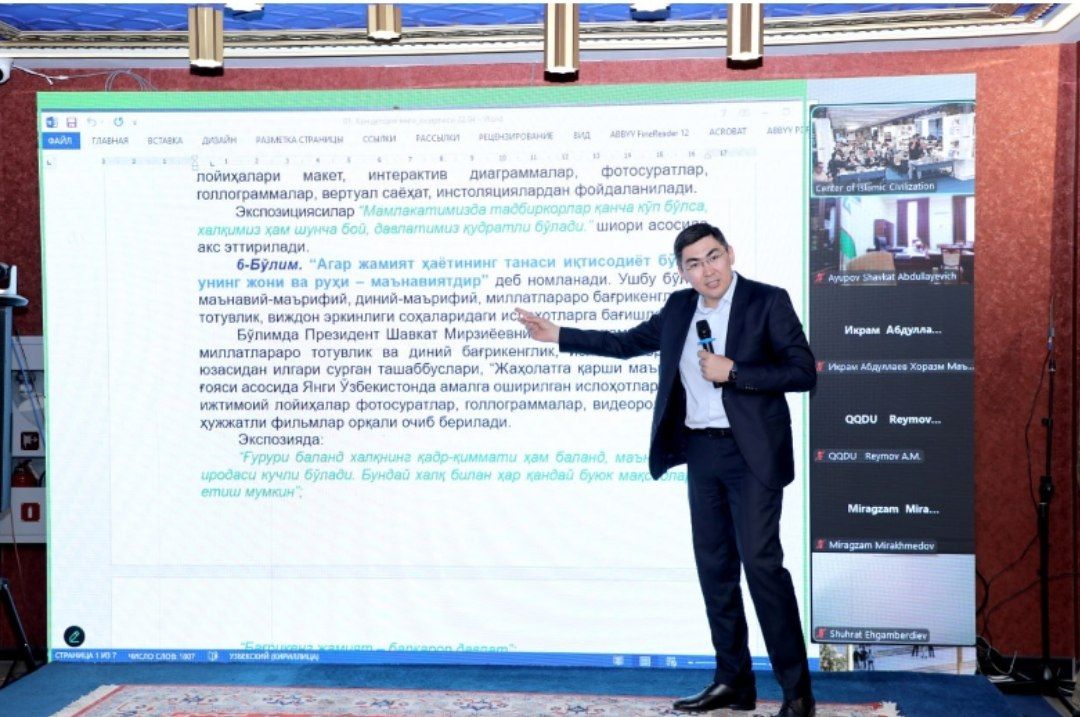
As reported by the head of the Center for Spirituality and Enlightenment of the Republic of Uzbekistan, Otabek Khasanov, in order to familiarize the population more closely with the activities of the Center, a special "Caravan of Enlightenment" will be sent to the regions. These groups will be engaged in propaganda, explanatory work, and the dissemination of information on-site.
At the meeting, it was announced that this year, within the framework of the Center, scientific, educational, and cultural advocacy events on the topic "Civilization, Culture, and Enlightenment" will continue to be held in partnership with the Center.
During the meeting, the Center's senior researcher, Zahidulla Munavvarov, presented the concept of the recommended colored images for the lobby of the Conference Hall.
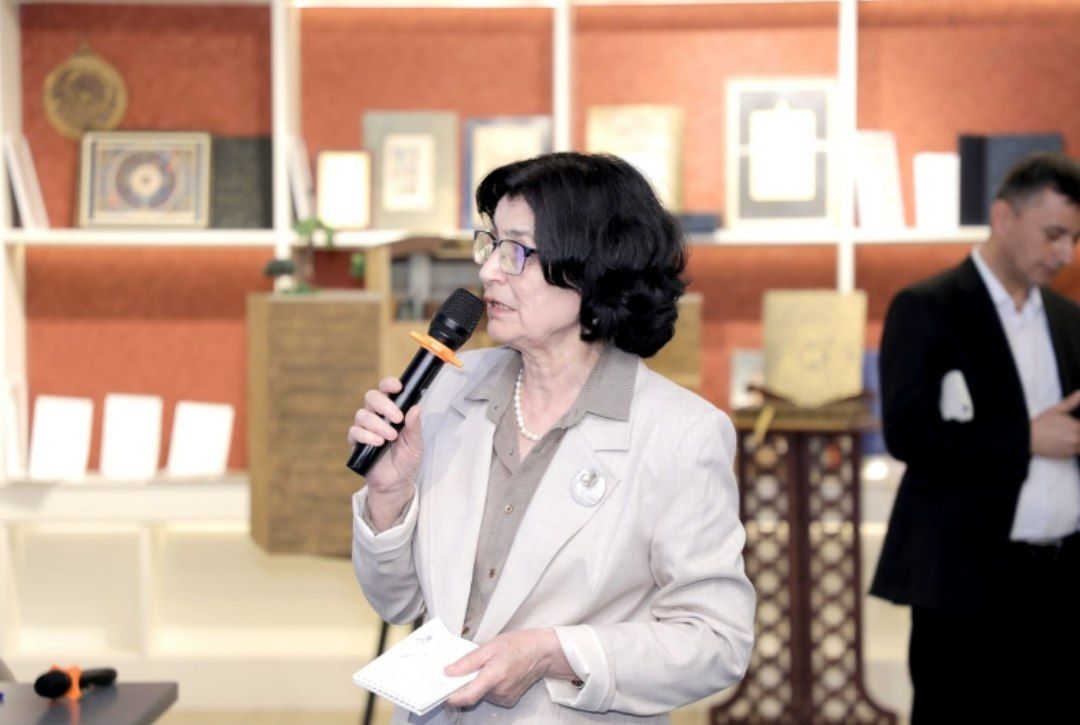
The exhibition reflects the achievements and discoveries in Uzbekistan, starting from the rise of Amir Timur to power and ending with the close of the khanate era. The upper part of the exhibition will present an artistic interpretation of these processes. This period marks the flourishing of miniature art in our country.
It should be noted that, by the decision of the expanded Scientific Council, it was decided to create a collection of miniatures that reflect the essence and content of the events of that time, as well as to select the rarest ones for the exhibition.
A presentation was also made by the director of the Alisher Navoi National Library of Uzbekistan about enriching the collection of the museum and library’s exhibition at the Center, as well as about technical assignments. According to the presentation, the Center’s library will serve not only local, but also foreign readers. Additionally, a special section will be dedicated to children in the Center’s library, which will serve not only the children of the Center’s staff but also the children of researchers and librarians.
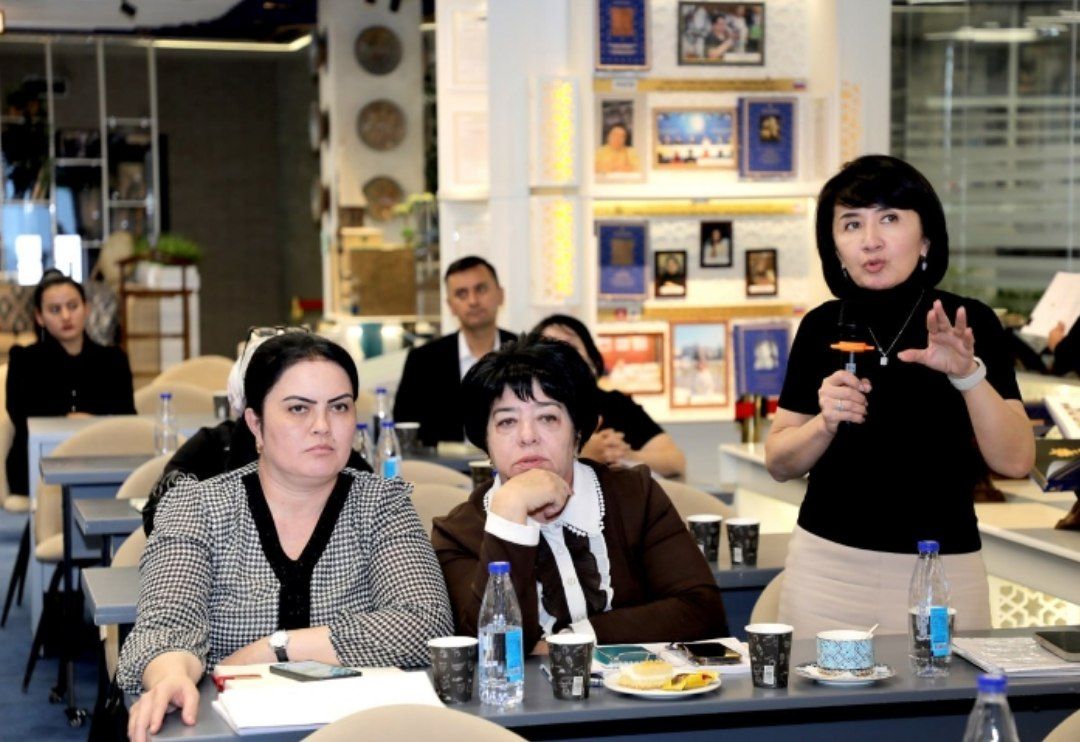
— Books will be stored in open stacks. Glass doors will not be used on the shelves. Readers will be able to freely use the books. The library will operate on a self-service basis. The library will house rare books with no access restrictions. To protect them from bacteria, special devices will be installed. The printed collection of the library will consist of 30,000 books, while the electronic collection will include 350,000 books. Additionally, the collection will include books that are yet to be acquired. The Center’s library will also launch a course on source studies in a specialized field for the first time. Braille books and audiobooks will also be available. The library will serve both local and international visitors, — said Umida Teshaboyeva.
The Center also plans to establish a publishing house that meets global quality standards. It will be responsible for publishing books, photo albums, manuals, and other materials related to the culture and history of Uzbekistan, which will later be added to the Center’s collection.
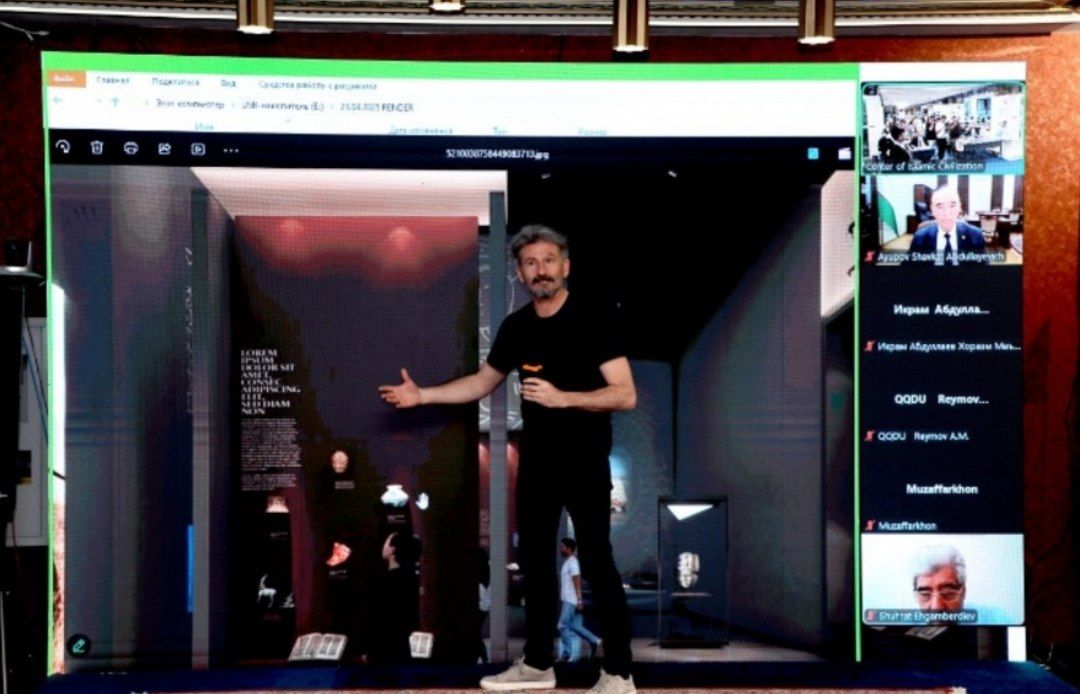
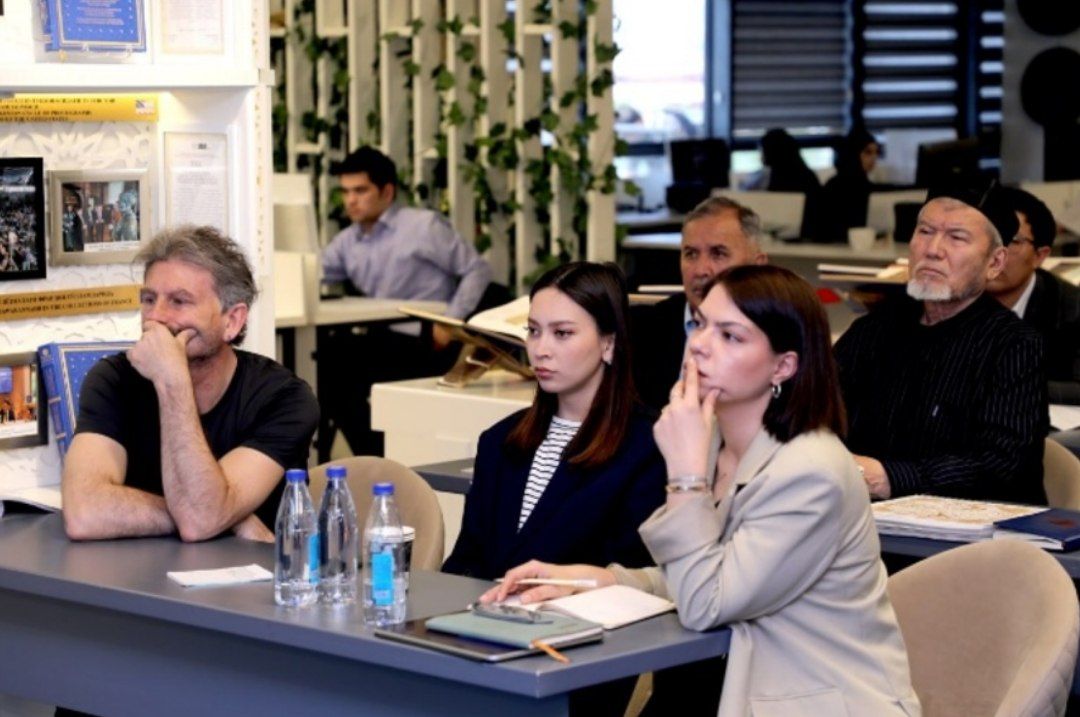
The meeting also featured a presentation by the working group on the ordering of display cases, replicas, models, and facsimiles for the Center of Islamic Civilization. It was reported that the working group had created a catalog of 1,000 exhibits, with plans to increase the number to 2,000.
The museum exhibition of the Center of Islamic Civilization, the collection of rare artifacts, and the creation of replicas are being carried out in phases. The exhibits will not simply be placed in the Center; special display cases, meeting international standards, are being prepared for them. Currently, work is underway to order these display cases. To do this, it is essential to first determine the exact number of exhibits, which is why the working group has created a catalog of the exhibits.
— When selecting display cases, it is important to consider their convenience for storing, displaying, and transporting the exhibits. Collaboration will be established with renowned foreign companies for the production of the display cases. Local scholars have expressed different opinions on the shape and color of the display cases. We will collect all opinions and choose the most suitable for our exhibition, — said senior researcher at the Center, Alisher Egamov.
It is reported that the display cases intended for the Center will be convenient not only for the permanent exhibition but also for organizing traveling exhibitions, which will allow the museum's collections to be showcased in various regions. The meeting also discussed many other issues.
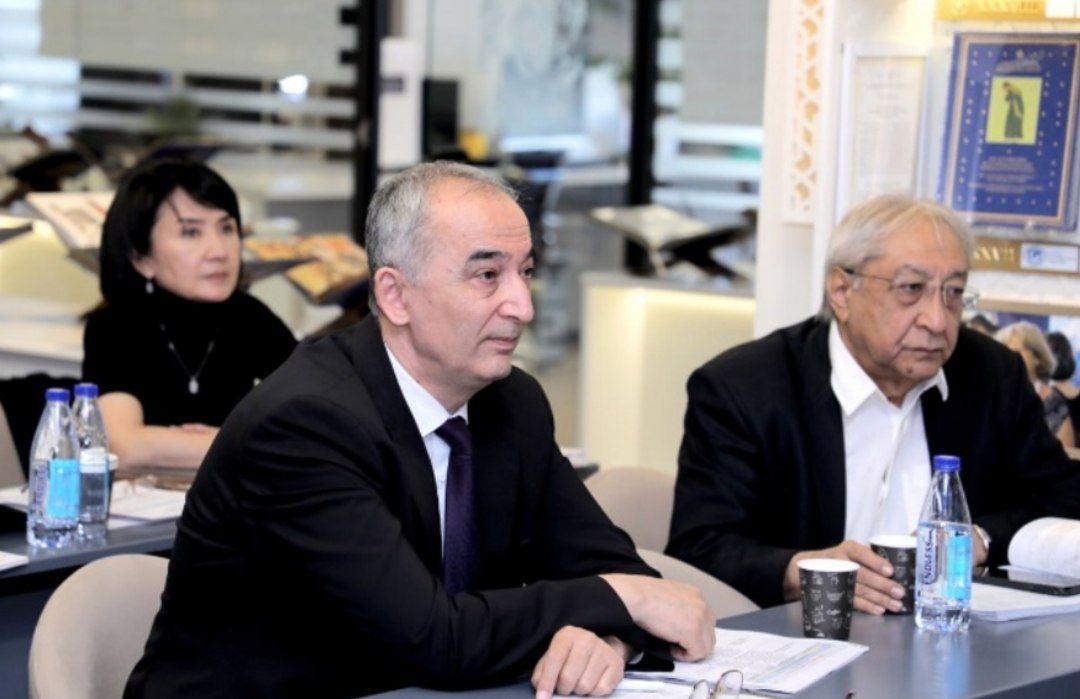
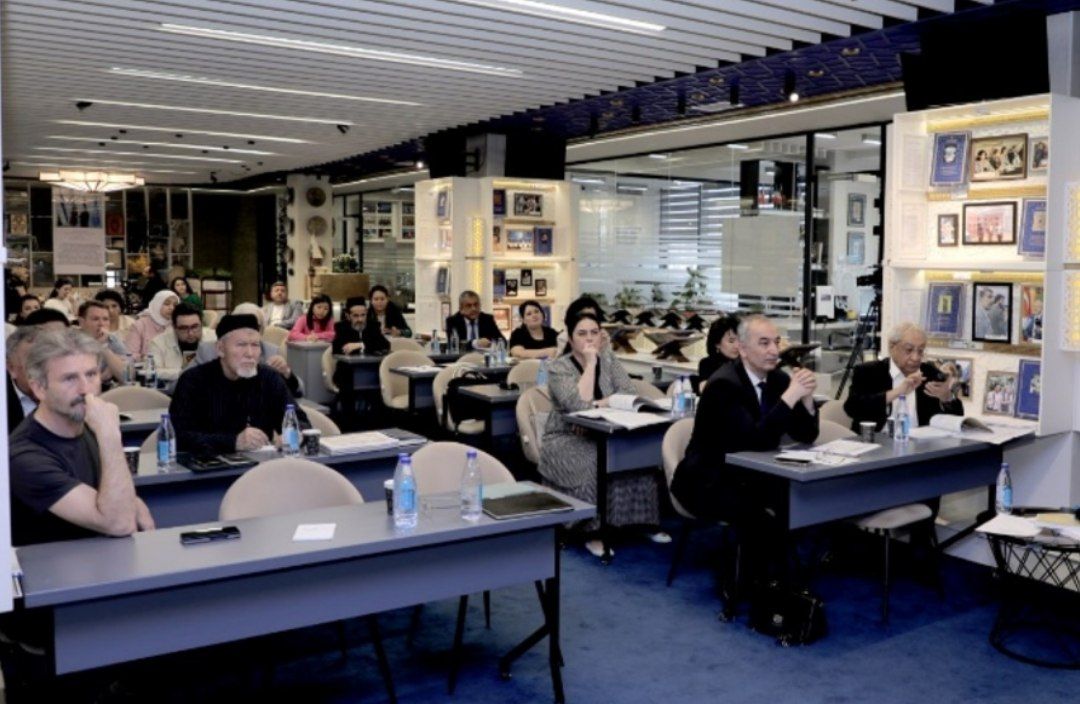
As a reminder, under the President's directive, the megaproject of the Center of Islamic Civilization (ICM) aims to create conditions for a large-scale presentation of our ancestors' contributions to world civilization, as well as for the education of youth in the spirit of loyalty to this great historical heritage. To achieve this, conditions are being created for scientific discussions, debates, the promotion of relevant ideas and discoveries, and the development of new scientific content. Currently, more than 2,000 local and international scholars and specialists are working on enriching the exhibition of the Center with substantial materials, historical artifacts, and replicas. A total of more than 800 projects have been developed, which will be implemented in three stages.
The first stage has now begun, and more than 400 projects are actively being discussed with members of the Scientific Council.
Most read

Over 100 experts from more than 20 countries of the world are in Tashkent!

President of Serbia Aleksandar Vučić visited the Islamic Civilization Center in Uzbekistan

The Center for Islamic Civilization – a global platform leading towards enlightenment












